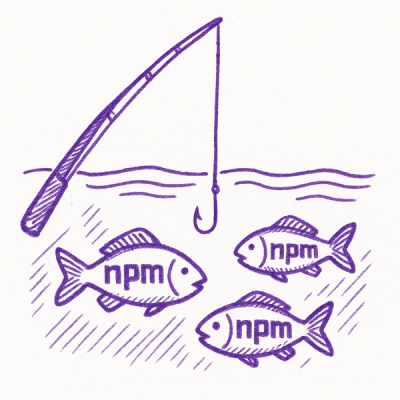WhatsApp Reality
A comprehensive Python library for analyzing WhatsApp chat exports. This library provides tools for preprocessing WhatsApp chat data and performing various analyses including sentiment analysis, user activity patterns, conversation patterns, and more.
Installation
pip install whatsapp-reality
Features
- Chat preprocessing for both Android and iOS WhatsApp exports
- Basic statistics (message counts, word counts, media counts)
- User activity analysis
- Word clouds and common words analysis
- Sentiment analysis
- Emoji analysis
- Timeline analysis (daily, monthly)
- Reply time analysis
- Conversation pattern analysis
Quick Start
1. Export your WhatsApp chat
- Open WhatsApp
- Go to the chat you want to analyze
- Click on the three dots (⋮) > More > Export chat
- Choose "Without Media"
- Save the exported text file
2. Analyze your chat
from whatsapp_reality import preprocess, analyzer
import pandas as pd
with open('chat.txt', 'r', encoding='utf-8') as file:
chat_data = file.read()
df = preprocess(chat_data)
selected_user = 'Overall'
messages, words, media, links = analyzer.fetch_stats(selected_user, df)
print(f"Total Messages: {messages}")
print(f"Total Words: {words}")
print(f"Media Messages: {media}")
print(f"Links Shared: {links}")
busy_users_fig, df_percent = analyzer.most_busy_users(df)
monthly_timeline_df = analyzer.monthly_timeline(selected_user, df)
print("\nMonthly Timeline:")
print(monthly_timeline_df)
daily_timeline_df = analyzer.daily_timeline(selected_user, df)
print("\nDaily Timeline:")
print(daily_timeline_df)
weekly_activity_fig = analyzer.week_activity_map(selected_user, df)
monthly_activity_fig = analyzer.month_activity_map(selected_user, df)
busiest_hours_fig = analyzer.busiest_hours_analysis(selected_user, df)
wordcloud_fig = analyzer.create_plotly_wordcloud(selected_user, df)
common_words_df = analyzer.most_common_words(selected_user, df)
print("\nMost Common Words:")
print(common_words_df)
emoji_df = analyzer.emoji_helper(selected_user, df)
print("\nEmoji Usage:")
print(emoji_df)
positive_fig, negative_fig = analyzer.analyze_and_plot_sentiment(selected_user, df)
sentiment_percentages, most_positive, least_positive = analyzer.calculate_sentiment_percentage(selected_user, df)
print("\nSentiment Percentages:")
print(sentiment_percentages)
print("Most Positive Message Snippet:", most_positive)
print("Least Positive Message Snippet:", least_positive)
monthly_sentiment_fig = analyzer.calculate_monthly_sentiment_trend(selected_user, df)
msg_count_fig, who_do_most_messages = analyzer.message_count_aggregated_graph(df)
print("\nUser with most messages:", who_do_most_messages)
starter_fig, who_starts_convo = analyzer.conversation_starter_graph(df)
print("User who starts most conversations:", who_starts_convo)
convo_size_fig = analyzer.conversation_size_aggregated_graph(df)
late_reply_fig, avg_late_reply_times, overall_avg = analyzer.calculate_average_late_reply_time(df)
print("\nAverage late reply times per user:")
print(avg_late_reply_times)
print("Overall average late reply time:", overall_avg)
Supported Chat Formats
The library supports WhatsApp chat exports from both Android and iOS devices in the following formats:
Android Format
DD/MM/YY, HH:mm - Username: Message
iOS Format
[DD/MM/YY, HH:mm:ss] Username: Message
Both 12-hour and 24-hour time formats are supported.
Documentation
For detailed documentation and examples, visit our documentation page.
Contributing
Contributions are welcome! Please feel free to submit a Pull Request.
License
This project is licensed under the MIT License - see the LICENSE file for details.
Author
Acknowledgments
Special thanks to all contributors and users of this library.



